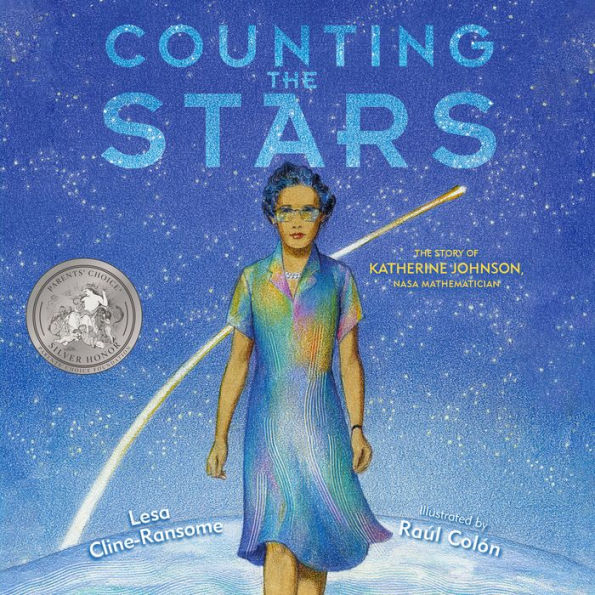With luminous watercolor, colored pencils, lithograph crayon and a scratch tool to create grooves and textures, [Colón] makes even file folders look gorgeous.
Before John Glenn orbited the Earth or astronauts walked on the moon, a group of dedicated female mathematicians known as “human computers” used their knowledge, pencils, adding machines, and writing paper to calculate the orbital mechanics needed to launch spacecraft. Katherine Johnson was one of these mathematicians who used trajectories and complex equations to chart the space program. Even as Virginia's Jim Crow laws were in place in the early 1950s, Katherine worked analyzing data at the NACA (later NASA) Langley laboratory. In 1962, as NASA prepared for the orbital mission of John Glenn, Katherine Johnson was called upon, and John Glenn said “get the girl” (Katherine Johnson) to run the numbers by hand to chart the complexity of the orbital flight. He knew that his flight couldn't work without her unique skills. President Barack Obama awarded Katherine Johnson the Presidential Medal of Freedom in 2015, and her incredible life inspired the Oscar-nominated film Hidden Figures.
1131006808
Counting the Stars: The Story of Katherine Johnson, NASA Mathematician
Before John Glenn orbited the Earth or astronauts walked on the moon, a group of dedicated female mathematicians known as “human computers” used their knowledge, pencils, adding machines, and writing paper to calculate the orbital mechanics needed to launch spacecraft. Katherine Johnson was one of these mathematicians who used trajectories and complex equations to chart the space program. Even as Virginia's Jim Crow laws were in place in the early 1950s, Katherine worked analyzing data at the NACA (later NASA) Langley laboratory. In 1962, as NASA prepared for the orbital mission of John Glenn, Katherine Johnson was called upon, and John Glenn said “get the girl” (Katherine Johnson) to run the numbers by hand to chart the complexity of the orbital flight. He knew that his flight couldn't work without her unique skills. President Barack Obama awarded Katherine Johnson the Presidential Medal of Freedom in 2015, and her incredible life inspired the Oscar-nominated film Hidden Figures.
9.99
In Stock
5
1

Counting the Stars: The Story of Katherine Johnson, NASA Mathematician

Counting the Stars: The Story of Katherine Johnson, NASA Mathematician
FREE
with a B&N Audiobooks Subscription
Or Pay
$9.99
9.99
In Stock

Editorial Reviews
Product Details
| BN ID: | 2940174023338 |
|---|---|
| Publisher: | Dreamscape Media |
| Publication date: | 10/08/2019 |
| Edition description: | Unabridged |
| Age Range: | Up to 4 Years |
Videos

From the B&N Reads Blog
